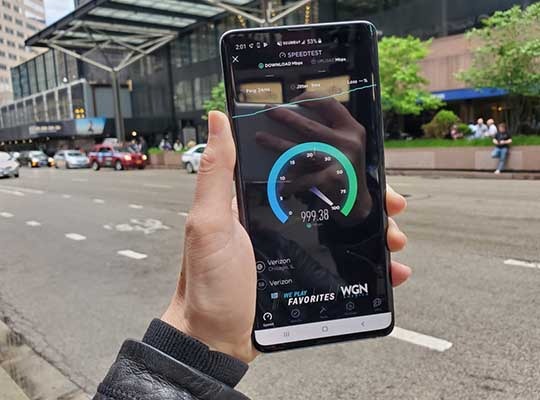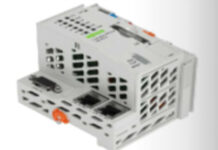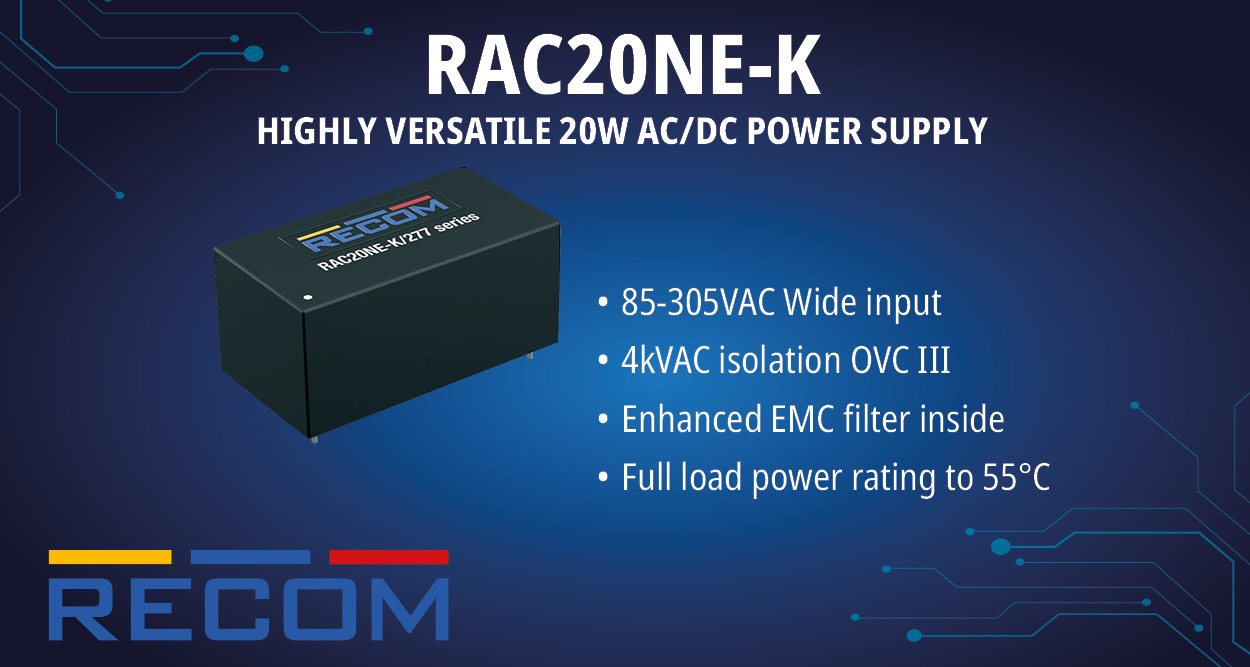The era of 5G is introducing a great deal of opportunity for service providers. But next-generation networks are not without their challenges as well. For example, while new 5GNR (New Radio) access technology inherits certain characteristics from the broadly adopted LTE/ 4G radio access, additional flexibility is included in the signal specifications, introducing new capabilities and complexities.
New 5GNR features include the following: the ability to operate in two main frequency bands, sub-6GHz and millimeter wave (mmWave); flexibility for wider channel bandwidth configurations; support for beamforming to direct radiated power to a user’s specific location within the service area; and multiple duplexing options that now also include dynamic time division duplex, where downlink (DL) and uplink (UL) use the same frequency but are allocated different time slots for transmission and reception. These differences in signal format require new tools and testing procedures to validate the installation, commissioning and regular optimization of new 5GNR cell sites. One type of tool that is proving most useful to characterize and troubleshoot early 5GNR signals in the field is the Real-Time Spectrum Analyzer (RTSA).
The RTSA is a common 5G test option for advanced radio frequency (RF) analysis in state-of-the-art wireless labs. Another classic use of the RTSA in the recent past has been in the field of high-end interference and signal detection, including applications for public safety, aerospace and defense. A new generation of RTSA tools are becoming available which combine all the power of advanced RTSA technology supporting impressive analysis bandwidths of up to 100MHz (only seen before in lab-grade equipment), along with the portability and simplicity of field-optimized form factors, including battery life and usability.
Band-clearing and interference analysis
A major consideration for operators is that 5GNR is operating in new frequency bands, never used before by the cellular industry, and in some cases just recently licensed by the different regulatory agencies of various countries to promote the advancement of 5G. For example, in sub-6GHz spectrum the most common frequencies being used so far are in the 3.5 GHz to 3.6 GHz range, with some operators testing in the 2.5GHz region as well. For mmWave spectrum, ranges like 26GHz to 28GHz or 39GHz also are a first for commercial cellular networks.
It is very important for network operators to make sure these bands are clear of any other possible third-party transmissions, accidental or non-authorized, before they can start transmitting their own 5GNR signals. This is a process known as band-clearing and it requires the ability to sweep and analyze the entire licensed spectrum to make sure there is no undesired signal activity to avoid any sort of interference.
A traditional swept spectrum analyzer sweeps across frequency ranges looking at and capturing small parts of the spectrum at a time and building this into a complete picture. Hence, analyzing any large portion of spectrum in detail may take some time to accomplish because of the need to sweep over each frequency point to be sampled. Another constraint of a traditional swept spectrum analyzer is that they remain blind for some period of the sweep, even if the sweep time to cover the entire spectrum is extremely fast.
Compared to a swept spectrum analyzer, the RTSA functions differently. The instrument is tuned to a given center frequency and the analysis bandwidth supported by the instrument is sampled in the time domain. Thus, a real-time spectrum analyzer can capture every possible signal event in that supported bandwidth with no gaps. In addition, the new generation of RTSA devices provide real-time analysis with up to 100MHz of instantaneous bandwidth, making it an ideal option to verify any potential sources of interference that can appear anywhere in the spectrum occupied by a 5GNR carrier.
Real-time capture of elusive TDD signals
Duplexing options supported in 5GNR include frequency division duplex (FDD), time division duplex (TDD) with semi-statically UL/DL configuration, and most notably, dynamic TDD. In the TDD scheme, which is the most common one today in sub-6GHz frequencies, both DL and UL use the same frequency carrier but are allocated different time slots for transmission and reception.
In this scenario, identifying an interference signal is extremely difficult when the base station is transmitting the signal, e.g. in the DL path. But even to characterize the entire 5GNR (TDD) carrier with traditional swept spectrum analyzers is extremely difficult and may require a highly skilled technician to do so. Compounding the challenge, as 5G NR introduces dynamic TDD where UL and DL transmissions can be changed dynamically; the standard gated sweep function may no longer be that effective.
The swept spectrum analyzer, using a narrower setting for the resolution bandwidth filter, is still able to capture and display some of the TDD slots within the 5G carrier. Yet, it is only with the RTSA that we can visualize instantaneously the entire 100MHz carrier regardless of the individual TDD slot activity. RTSA tools also enable hundreds or thousands of spectrum data points to be displayed on a screen, but with a different color or brightness per frequency of occurrence to determine the probability of signals appearing, rather than just the amplitude of a signal.
Delivering on the promise of tomorrow
To deliver on the true promise of 5G service, optimized spectrum efficiency and performance will be paramount. Yet, as network operators build out dense 5G networks made up of small cell deployments, the potential for RF interference will grow exponentially. Under these challenging conditions, real-time spectrum analysis in the field will be key to identifying and addressing interference sources. Because despite all the hype and excitement about 5G speeds and capabilities, at the end of the day, subscribers will judge the success — or failure — of 5G by the quality of their experience… just as they have for previous mobile technology generations.
About the Author
 Genis Sanchez has nearly 20 years’ experience in wireless network testing, from early 2G technologies to 5G. He has extensive knowledge in RF/signal propagation, network optimization, spectrum monitoring, time and frequency domain analysis, active testing, and measurement analytics.
Genis Sanchez has nearly 20 years’ experience in wireless network testing, from early 2G technologies to 5G. He has extensive knowledge in RF/signal propagation, network optimization, spectrum monitoring, time and frequency domain analysis, active testing, and measurement analytics.

















